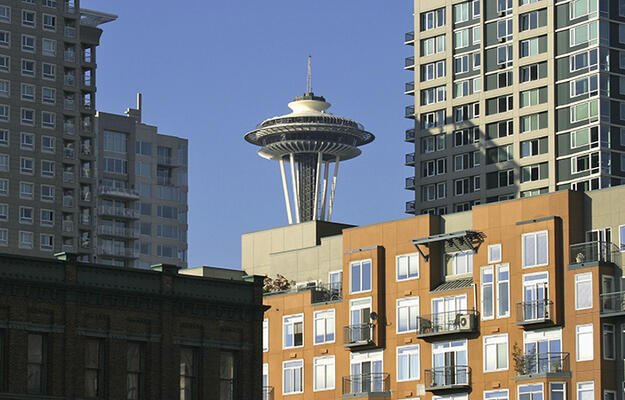
Where Suburban Residents Live Is Stratified by Race and Ethnicity
- Title:
- Where Suburban Residents Live Is Stratified by Race and Ethnicity
- Author:
-
Grigoris Argeros
- Source:
- Publication Date:
-
2018
A home in the suburbs is often associated with achieving the American Dream. Prior research suggests that higher socioeconomic status, longer time spent in the US, and English fluency are associated with white, Asian, and Latinx households’ likelihood to live in the high-income, suburban, majority-white neighborhoods, but that Black households’ neighborhoods or communities of residence are less linked to socioeconomic status. This study examines racial and ethnic group differences in suburban attainment outcomes among racial and ethnic groups who reside in the nation’s metropolitan areas. However, suburban areas are not a monolith, and the study differentiates between inner ring (majority of housing built before 1969) and outer ring (majority of housing built after 1970) suburbs.
The author analyzes data from the five-year American Community Survey sample extracted from the Integrated Public Use Microdata Series. The author uses selected descriptive characteristics, including household income, householder’s education, homeownership, years in the United States, and English language ability to explore the background characteristics of the racial and ethnic groups of interest and to determine which of those characteristics are more likely to predict each racial and ethnic group’s residence in outer versus inner suburban rings. The study shows that all racial groups are more likely to reside in the outer suburban rings than the inner suburban rings, with Asian and Black households having the largest proportion of households in the outer rings.
Key findings
- White and Asian households are more likely to reside in both outer and inner suburban rings with higher socioeconomic status levels and lower poverty rates relative to those where Black and Hispanic households reside.
- All nonwhite groups have higher odds of residing in the outer suburban rings than white households.
- With the exception of Hispanic households, all of the other groups’ income levels are positively related to the odds of residing in the outer suburban rings, relative to their inner ring counterparts.
- Renter households are less likely to reside in the outer rings than their respective homeowner counterparts. Black household renters are more likely to reside in the outer suburban rings when compared with other racial or ethnic groups.
Photo by Monkey Business Images/Shutterstock


